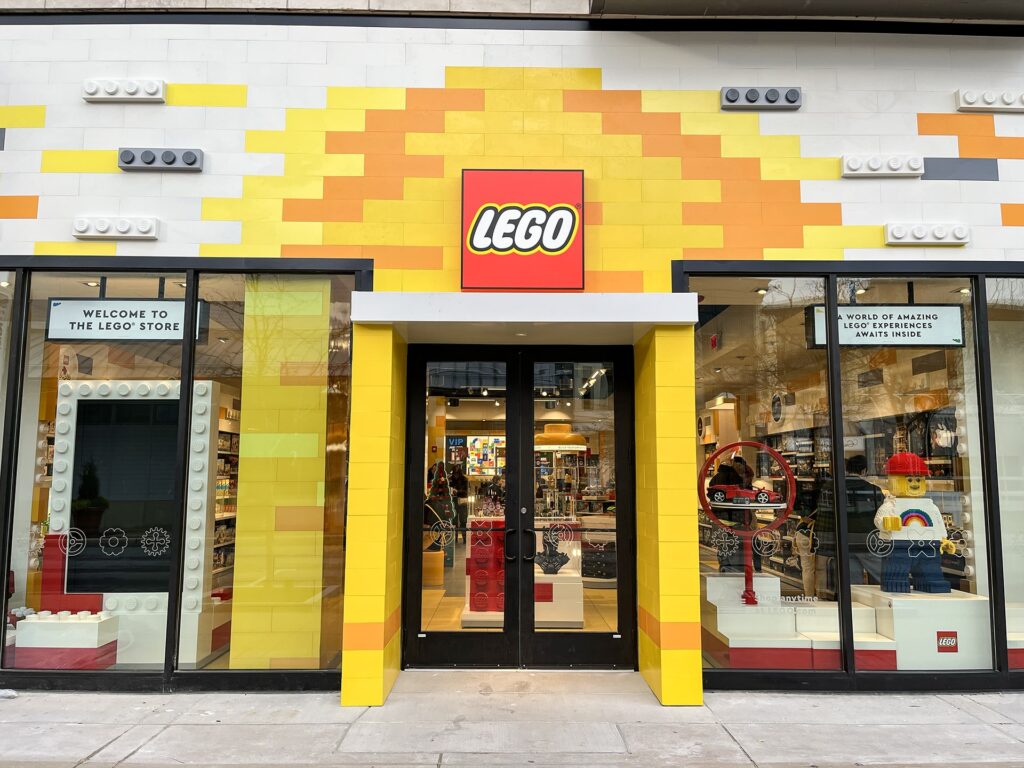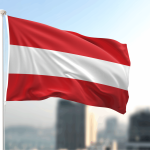LEGO Advances Global Effort to Eliminate Natural Gas from Factory Operations

- LEGO aims to fully phase out natural gas across its factories by deploying site-specific renewable heating systems.
- Projects in Hungary, Denmark, and China are expected to cut thousands of tonnes of CO₂ emissions annually.
- The initiative supports LEGO’s “Zero Impact in Operations” strategy targeting full decarbonization of Scope 1 and 2 emissions.
A Global Strategy Built on Local Innovation
The LEGO Group is accelerating efforts to decarbonize its global manufacturing footprint, advancing projects in Europe and Asia designed to eliminate natural gas from its operations. The company’s “Zero Impact in Operations” initiative focuses on reducing Scope 1 and 2 emissions through renewable heat systems, waste heat recovery, and energy-efficient design across its factories.
In 2023, natural gas accounted for roughly 16,000 tonnes of CO₂e in LEGO’s direct emissions. The company has relied heavily on gas for heating its factories, making the shift to renewable alternatives one of its most complex operational challenges.
The approach reflects LEGO’s broader strategy of using locally tailored energy solutions that align with national resources and infrastructure while maintaining global consistency in decarbonization standards.
Geothermal Heat in Hungary
At LEGO’s manufacturing hub in Nyíregyháza, Hungary, engineers have spent the past two years exploring geothermal energy as a full replacement for fossil fuels in heating. Two wells have been drilled to depths exceeding two kilometers, tapping water reserves at temperatures around 84°C.
Over the next two years, LEGO will install a closed-loop system to circulate this geothermal water through the factory’s heating network before reinjecting it into the ground near its original source. Once operational in 2028, the system is expected to eliminate the plant’s reliance on natural gas entirely.
The Hungarian project highlights the growing potential for industrial-scale geothermal solutions in Central Europe, where several manufacturers are turning to subsurface heat as a renewable and stable energy source amid rising carbon prices and volatile gas markets.
District Heating Success in Denmark
At LEGO’s headquarters in Billund, Denmark, the company has already achieved a full transition away from natural gas for heating. Eleven buildings were connected to the local district heating network in 2024, saving an estimated 1,064 tonnes of CO₂e annually.
Billund’s district heating grid—powered by 92% renewable energy last year—illustrates how municipal partnerships can accelerate corporate decarbonization. By integrating its facilities with community infrastructure, LEGO not only reduces emissions but also helps strengthen local clean-energy ecosystems that benefit other businesses and residents.
Waste Heat Recovery in China
In Jiaxing, China, LEGO has deployed a heat recovery system that captures and reuses excess thermal energy from factory chillers. The system, installed in 2024, has already halved the site’s natural gas use. Encouraged by early results, LEGO plans to expand the system to other parts of the plant to reach complete phase-out in the coming years.
The Jiaxing project is part of a growing trend among global manufacturers in China to improve energy efficiency through circular heat-use systems—a practical way to curb emissions without disrupting industrial output.
RELATED ARTICLE: LEGO Introduces Tires Made with 30% Recycled Materials
The Broader ESG Context
LEGO’s decarbonization drive aligns with wider industry efforts to meet Science Based Targets initiative (SBTi) criteria and the EU’s corporate sustainability directives. With energy costs and carbon regulations tightening globally, companies with heavy thermal demands are seeking site-specific renewable heat sources as part of their Scope 1 strategies.
By combining geothermal, district, and waste-heat solutions across different geographies, LEGO is testing a portfolio model for decarbonization that could inform broader manufacturing practices.
Toward Zero-Impact Operations
While LEGO’s total operational emissions are small compared with large industrial sectors, the company’s brand influence and visibility give its actions outsized impact. Each site’s progress provides a blueprint for how energy-intensive operations can localize climate solutions within global frameworks.
The company has not disclosed total investment figures but confirmed that phasing out natural gas is a multi-year priority within its sustainability roadmap. LEGO continues to explore additional renewable heat technologies and efficiency upgrades across its expanding production network, including new facilities planned for North America and Asia.
Ultimately, the company’s goal is to build what it calls “a sustainable future for children” by ensuring that the manufacturing of its iconic bricks leaves no operational carbon footprint—a vision that now depends as much on innovation beneath the surface of the Earth as it does on creativity above it.
Follow ESG News on LinkedIn












